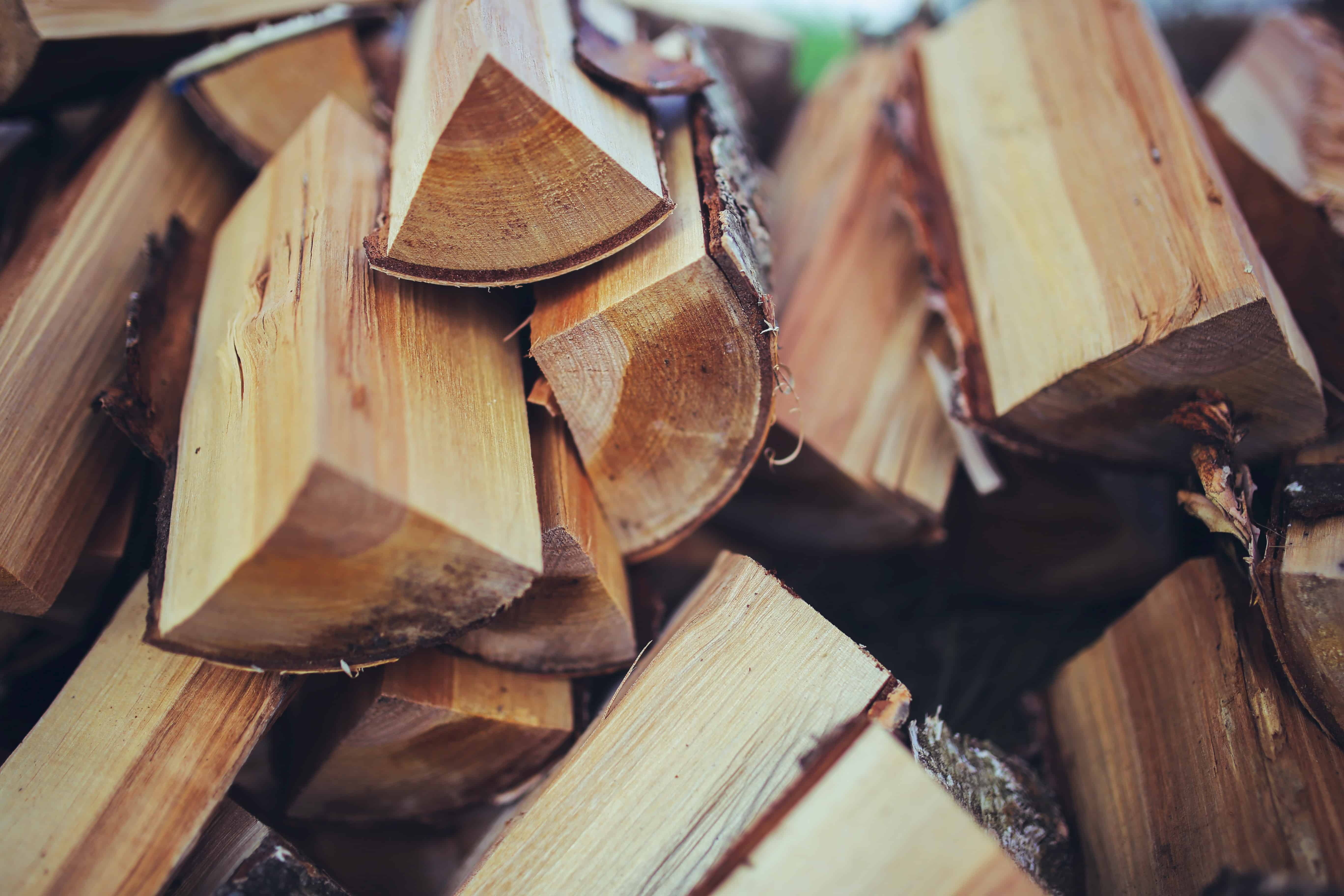3 Indoor Firewood Storage Ideas
A fireplace is the focal point in any room. You probably love lighting a new fire in it every day, and enjoying the warmth and calm that follows. Here at Chimney Champions, we love fireplaces and are dedicated to keeping chimneys and fireplaces clean. We also love to provide some tips and tricks for homeowners. So, if you’re tired of venturing back and forth from the woodpile to your fireplace, here are our indoor firewood storage ideas. You can thank us later!


